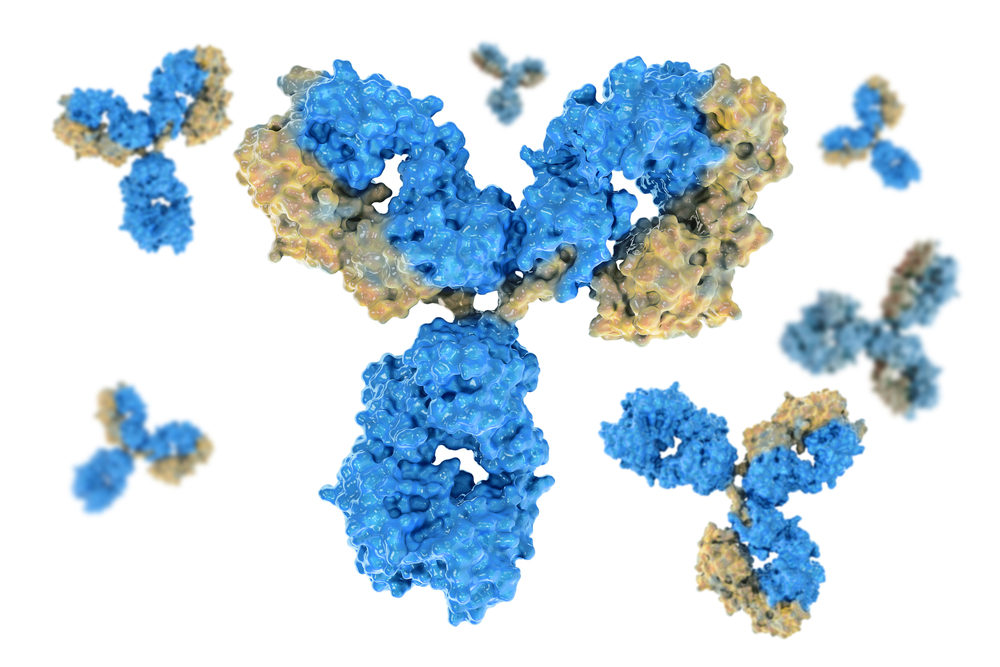In a groundbreaking revelation, researchers at the Duke Human Vaccine Institute (DHVI) have unveiled a crucial moment in the HIV virus’s infection process, hinting at a potential breakthrough in the search for an AIDS vaccine. This insightful study, recently published in Science Advances, zooms in on a small yet pivotal segment of the virus’s surface, unraveling the mysteries of a dynamic structure that plays a crucial role during infection.
As the HIV virus approaches a human cell, aiming to initiate infection, a moment of significance unfolds when a tiny part of its surface undergoes rapid opening and closing. Understanding this dynamic structure, known as the envelope glycoprotein, has long been a challenge for AIDS researchers. This protein is essential for the virus to attach to a T-cell receptor, but its constant movement makes it elusive for the immune system.
Lead author Rory Henderson, a structural biologist at DHVI, highlighted the unexpected movement of the virus’s surface structure, which has posed a challenge in previous attempts to study and stabilize it effectively. Despite best efforts, the unpredictable motion of the envelope glycoprotein has been a hurdle in understanding and targeting it successfully.
The heart of the discovery lies in the virus’s interaction with the human T-cell receptor, specifically the CD4 receptor. As the virus seeks attachment points on a T-cell, the CD4 receptor serves as its initial anchor. This connection triggers the opening of the envelope structure, revealing a co-receptor binding site crucial for infection.
Henderson emphasized the significance of preventing the envelope structure from popping open, presenting an opportunity to develop antibodies that could specifically attach to this dynamic structure, hindering the virus’s ability to initiate infection.
To observe the virus’s structural changes, the researchers utilized an electron accelerator at the Argonne National Laboratory. By capturing the envelope glycoprotein in various states—open, closed, and in-between—they gained valuable insights.
This groundbreaking research challenges previous assumptions about antibody design, suggesting that researchers may have been targeting the wrong shapes on the virus. The intricate interplay between antibody binding and the dynamic nature of the envelope structure emerges as a critical aspect of the study.
“This discovery led us to design an immunogen the day we got back from the first experiment. We believe we now have a better understanding of how this works,” said Henderson.
In summary, DHVI’s groundbreaking research opens up a new avenue for developing broadly neutralizing antibodies crucial for an effective AIDS vaccine. The detailed understanding of the virus’s surface dynamics could mark a significant step forward in the ongoing battle against HIV. Stay tuned for updates on this promising development in the fight against AIDS.
















































